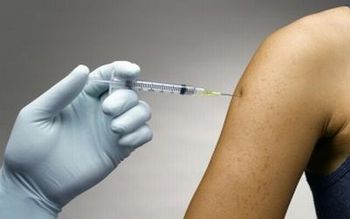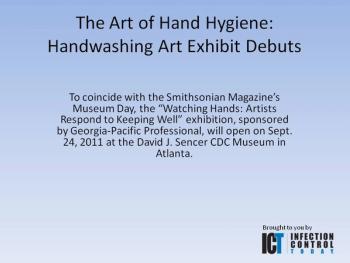
News


Toxoplasma gondii parasites can invade your bloodstream, break into your brain and prompt behavioral changes from recklessness to neuroticism. These highly contagious protozoa infect more than half the world's population, and most people's immune systems never purge the intruders.














Every day, infection preventionists (IPs) and other healthcare personnel face significant challenges due to evolving technology, healthcare reform and, of course, time constraints. Choosing the right disinfectant products must be a carefully made decision but it shouldnt be burdensome. Yet, because healthcare products are continually being released, updated and retired from the marketplace, IPs would be challenged to monitor the status of every single item within their facilities. This article will provide a methodical approach to evaluate and effectively use healthcare disinfectants.













